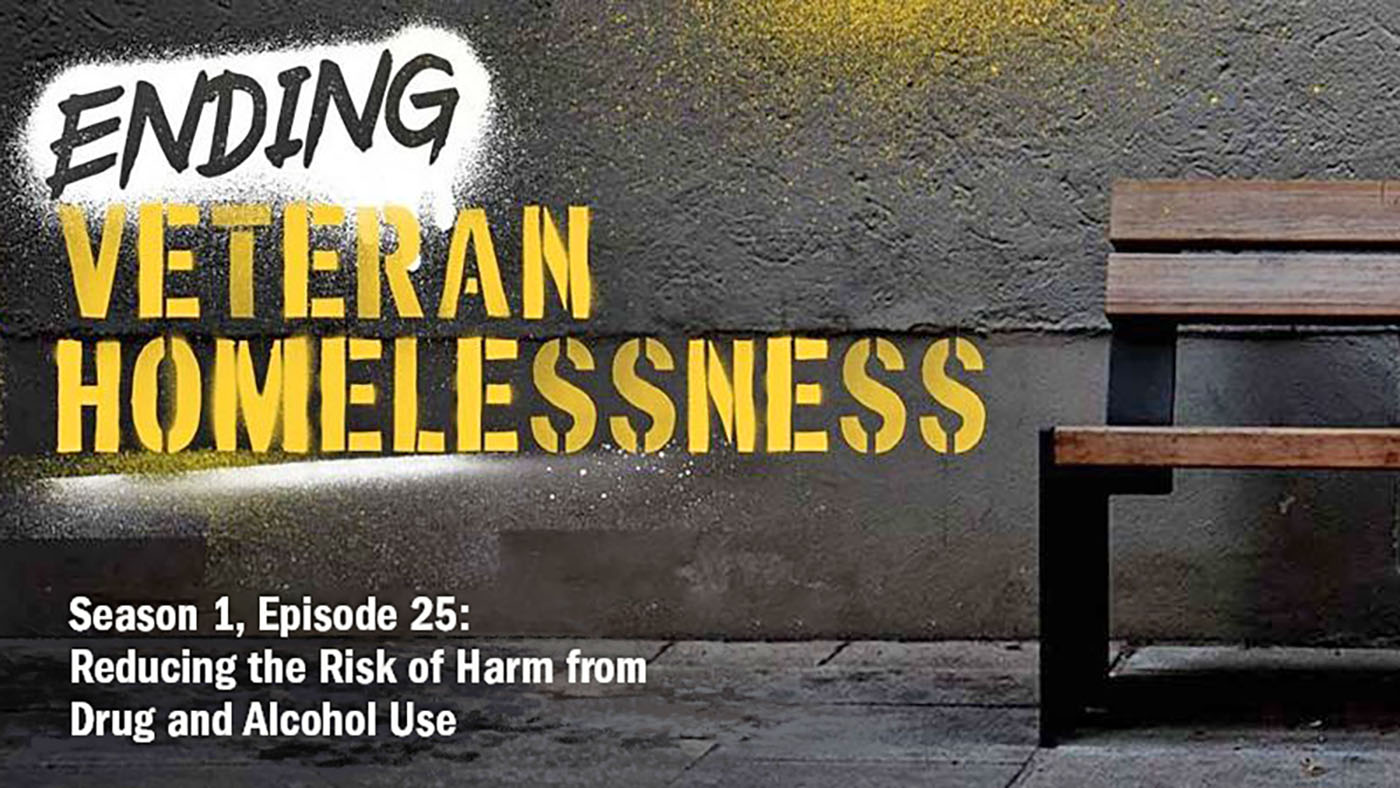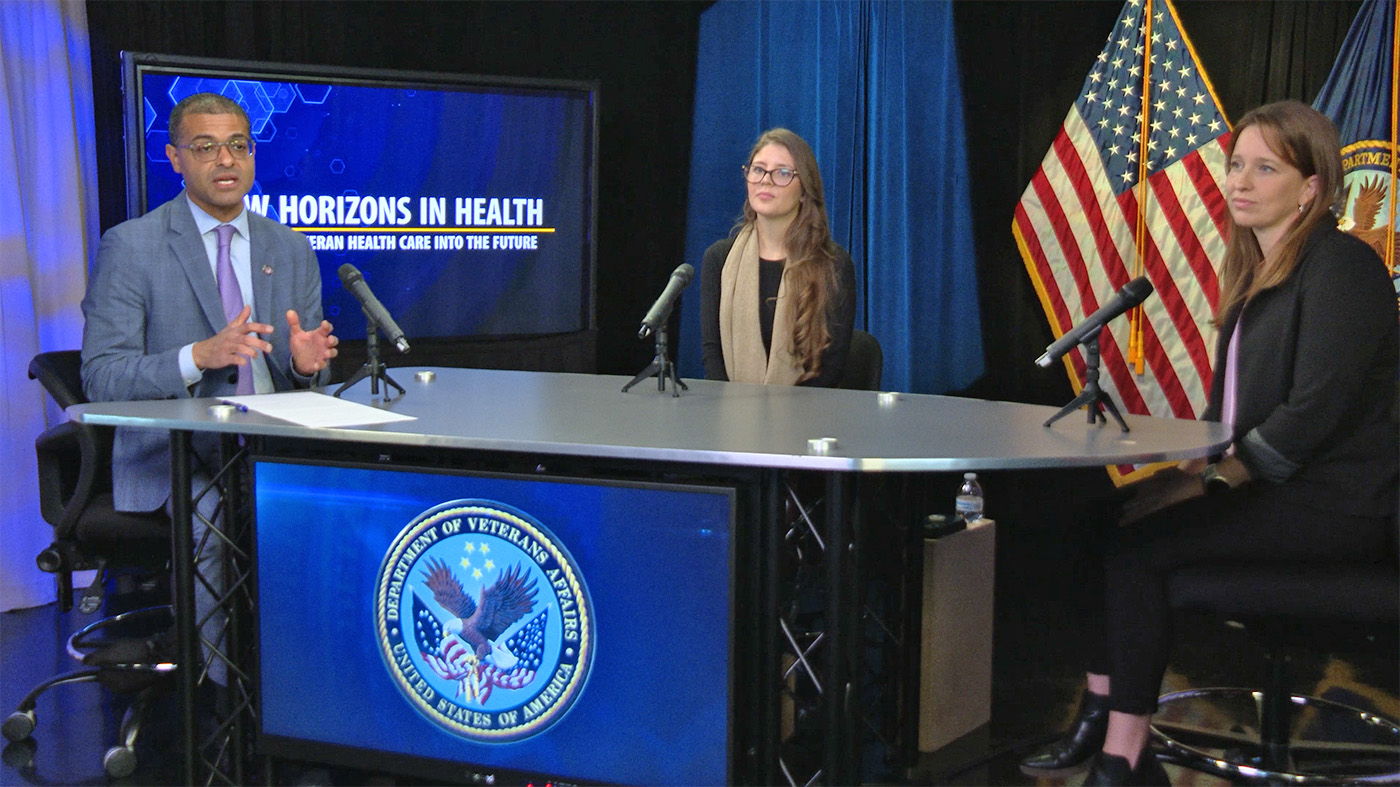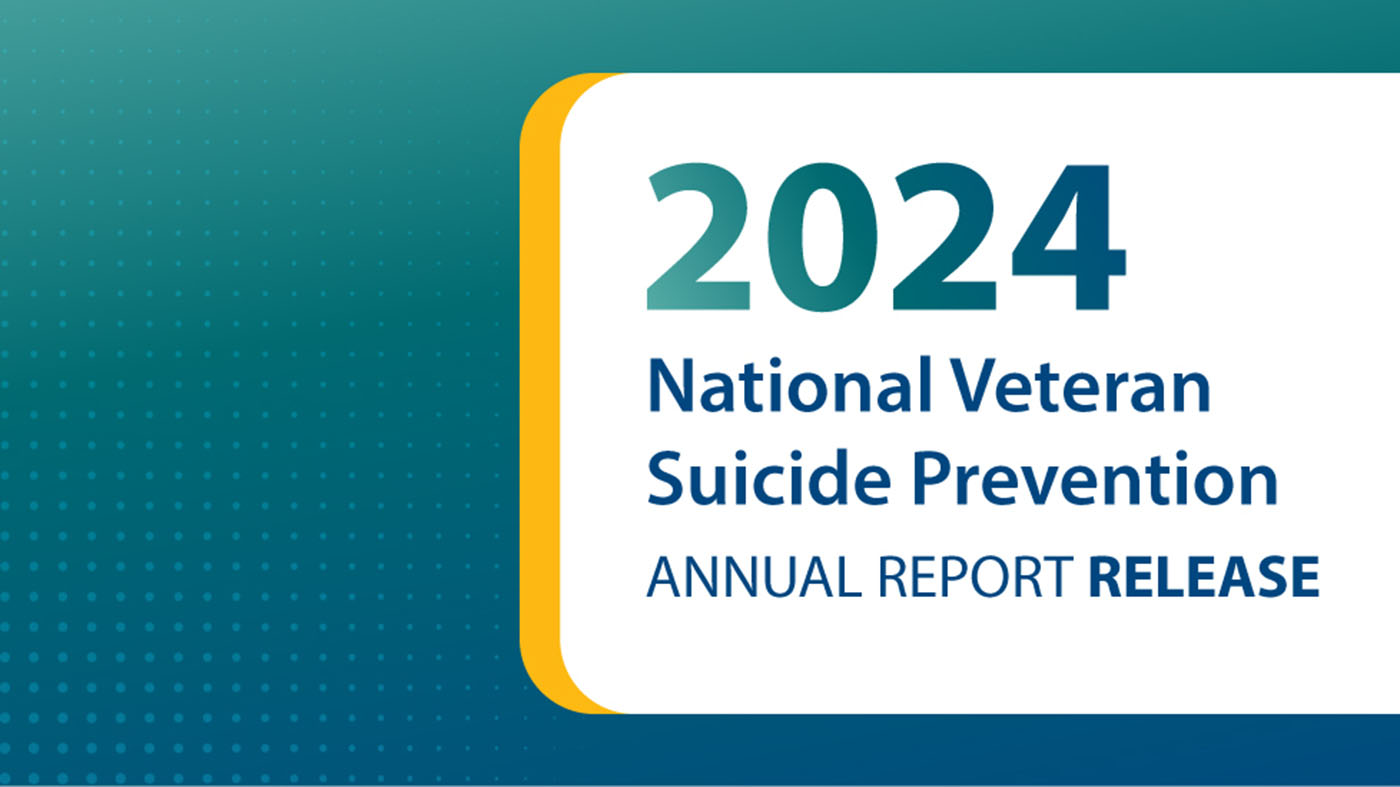Recovering from drug or alcohol addiction is often not a straight line from addiction to complete sobriety.
Sometimes it requires a reduction in the impact of substances instead of completely avoiding them, an approach called harm reduction.
Meredith Malpass, regional coordinator with the HUD-VA Supportive Housing (HUD-VASH) Program and an adjunct professor in harm reduction and the science of addiction, joined the Ending Veteran Homelessness podcast to discuss how the harm reduction philosophy goes hand in hand with VA’s overall approach to ending Veteran homelessness.
Listen to “S1 E25: Reducing the Risk of Harm from Drug and Alcohol Use” on Spreaker.
Reducing impacts
Harm reduction is a public health model centered on lessening the impact of behaviors. Examples include wearing seatbelts to prevent injury in a car accident, masking during a pandemic to avoid infection and using condoms to protect from sexually transmitted diseases.
When applied to substance use, harm reduction techniques can involve:
- Implementing syringe services programs to ensure the use of clean needles.
- Providing naloxone to prevent overdose deaths.
- Establishing safe injection and drug testing sites to protect against tainted drugs.
“Sometimes harm reduction may look like use reduction. But more often, we’re really focusing on asking, what are the behaviors that a person engages in surrounding their substance use that create harm?” Malpass asked.
Tailoring to the individual
A social worker by training, Malpass saw firsthand that the abstinence model doesn’t work for everyone and can set unrealistic expectations that are difficult to meet.
VA’s Housing First approach to ending Veteran homelessness represents a similar understanding as it doesn’t require Veterans to clear difficult hurdles in order to access housing. This approach, founded on the principle that housing is a fundamental right, provides housing before implementing individualized wraparound services to support Veterans.
Harm reduction also takes a tailored approach. Recognizing that not all substances are the same and that they have different effects on everyone, it focuses on the specific behaviors a person is open to changing.
Evidence has shown that this leads to better engagement in treatment, higher engagement in overall health care and improved insights into the reasoning behind certain behaviors.
Creating trusted relationships
Both approaches are built to empower the Veteran, recognizing that people have the right to make their own decisions and know what is best for themselves.
For harm reduction to work, those who work with homeless Veterans need to establish solid relationships and create a nonjudgmental safe environment where Veterans can talk truthfully about their lives and the behaviors they’re engaging in. Judgmental and confrontational approaches have actually been shown to be less effective and can lead to disengagement from treatment.
These trusting relationships can also counteract feelings of isolation that are common for those experiencing homelessness or substance use issues.
“The more people feel that isolation and that disconnection from their community and from society, the lower the motivation to make changes. The more—as a community—we can wrap our arms around people who are experiencing homelessness and using drugs, the better we can support and pull them out of those spaces and help them feel connected again,” she added.
Learn about VA programs
- If you are a Veteran who is homeless or at risk for homelessness, call the National Call Center for Homeless Veterans at 877-4AID-VET (877-424-3838).
- Visit the VA Homeless Programs website to learn about housing initiatives and other programs for Veterans exiting homelessness.
- Check out the Ending Veteran Homelessness podcast to learn more about what VA is doing about Veteran homelessness.
- Learn how to get involved with housing homeless Veterans.
- Subscribe to the Homeless Programs Office newsletter to receive monthly updates about programs and supportive services for Veterans experiencing or at risk of homelessness.
Topics in this story
Link Disclaimer
This page includes links to other websites outside our control and jurisdiction. VA is not responsible for the privacy practices or the content of non-VA Web sites. We encourage you to review the privacy policy or terms and conditions of those sites to fully understand what information is collected and how it is used.
More Stories
Watch the Under Secretary for Health and a panel of experts discuss VA Health Connect tele-emergency care.
The 2024 National Veteran Suicide Prevention Annual Report provides the foundation for VA’s suicide prevention programs and initiatives.
Theranostics is a specialized field of nuclear medicine that uses a two-pronged approach to diagnose and treat cancer.






